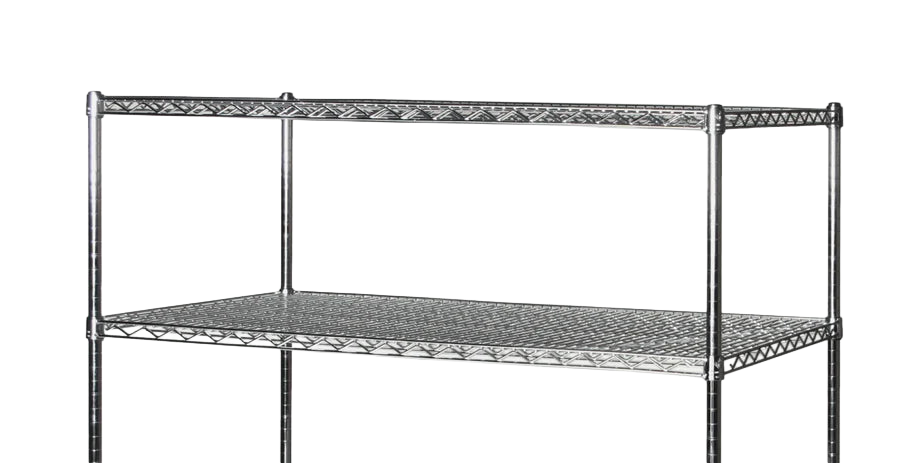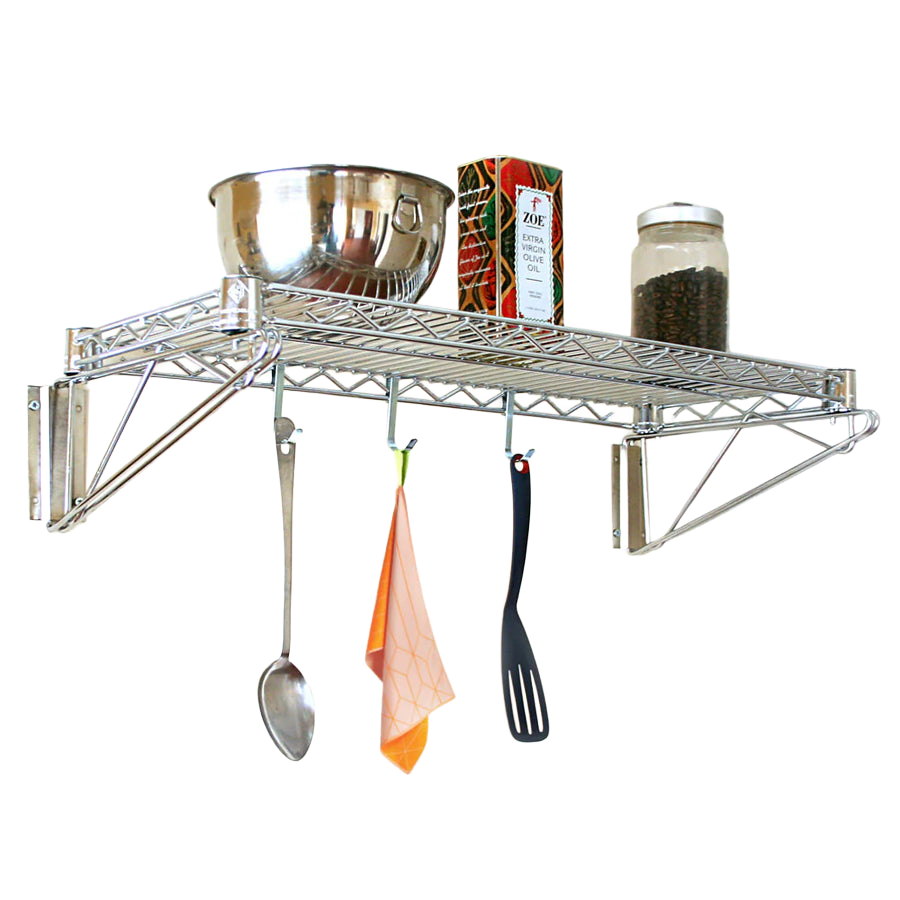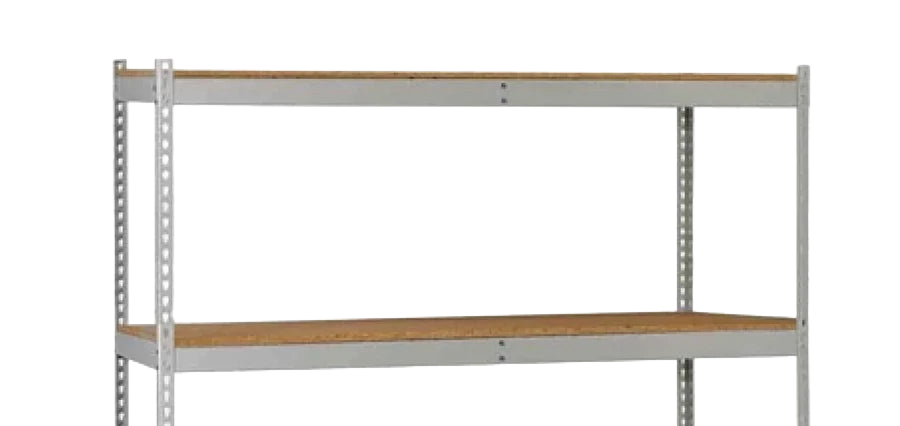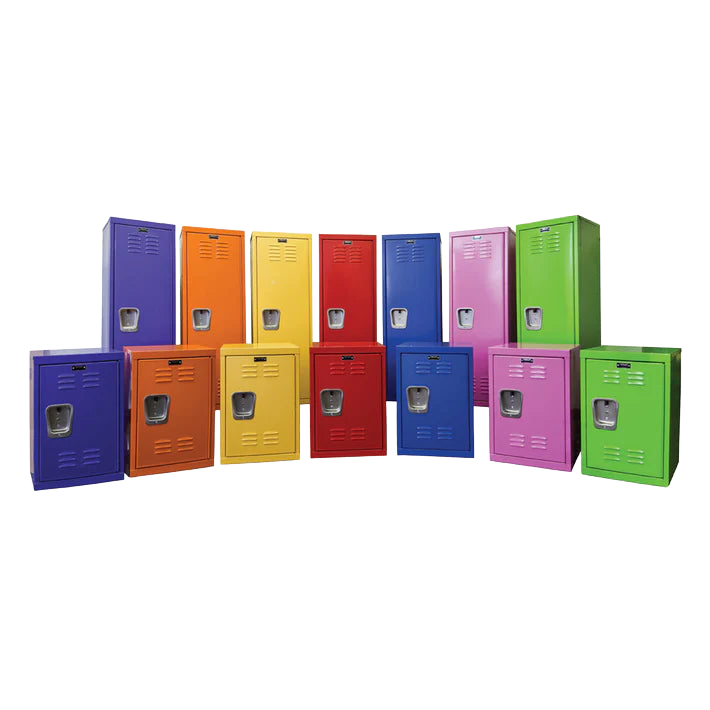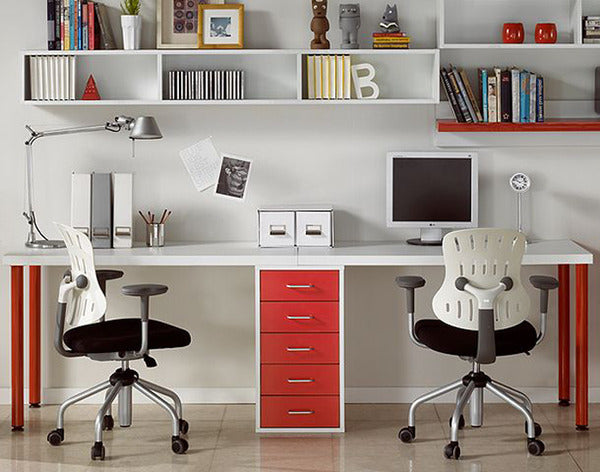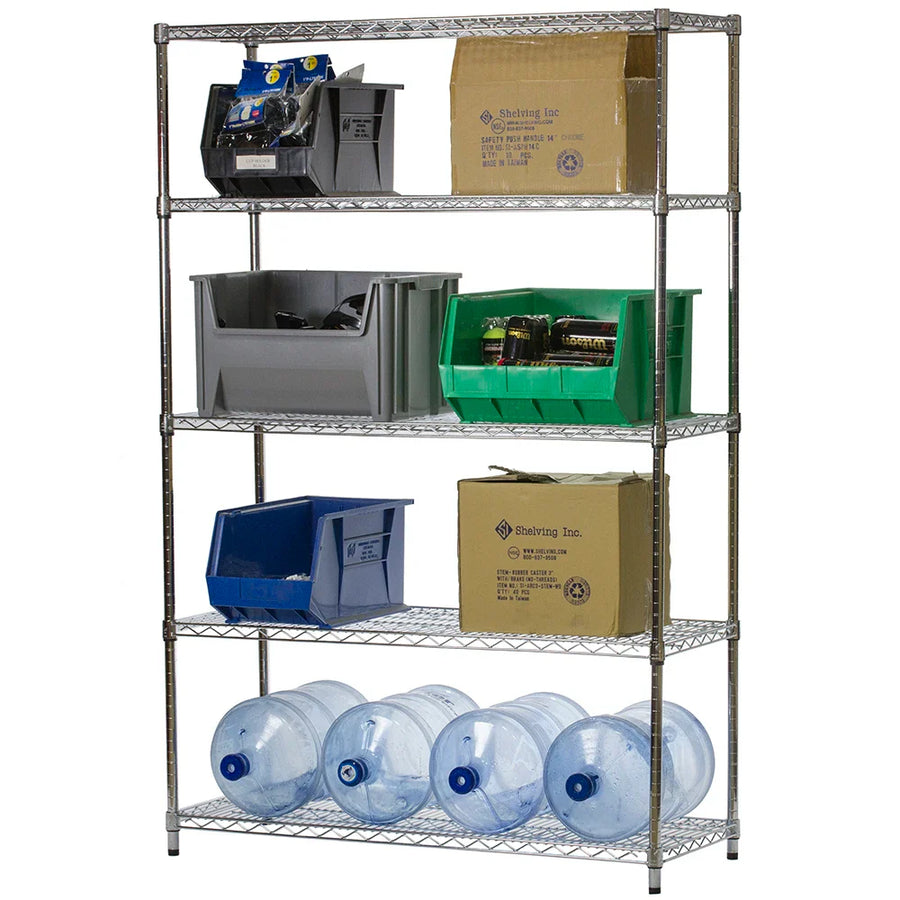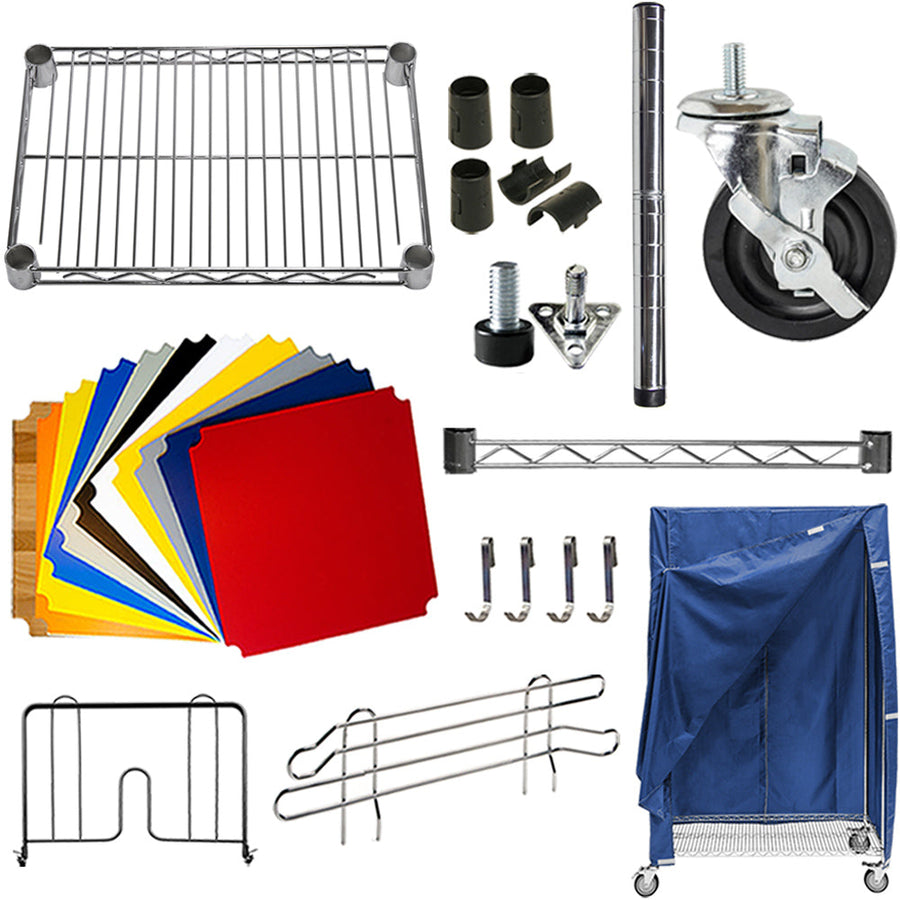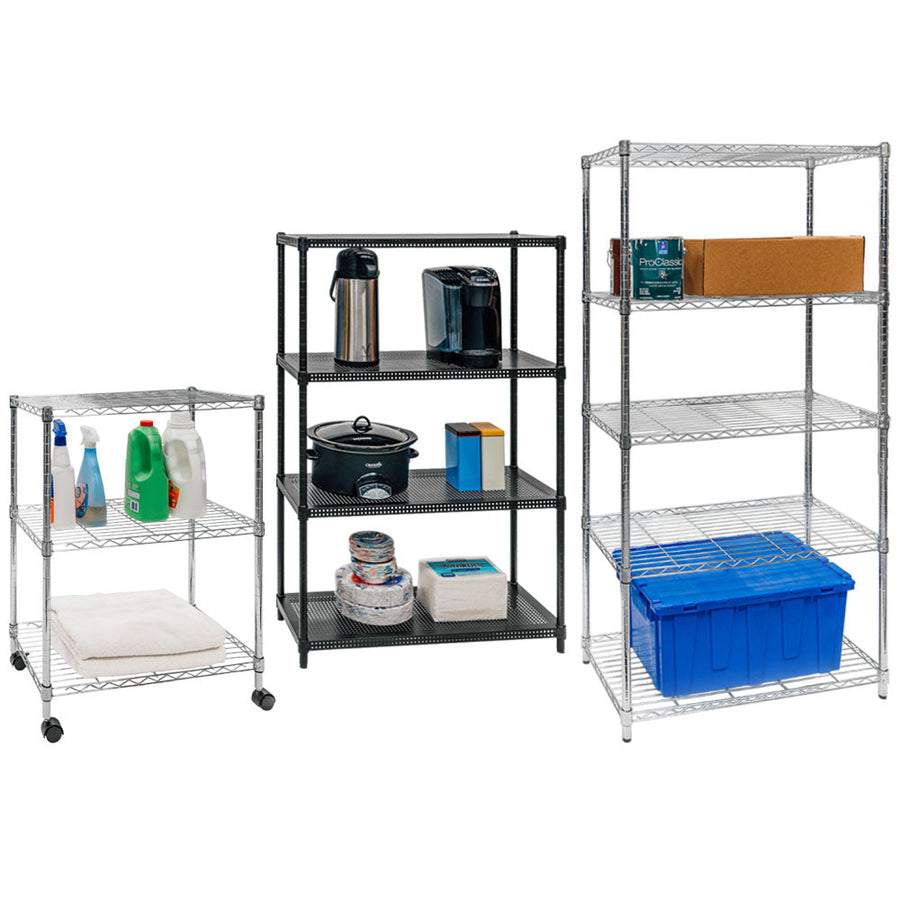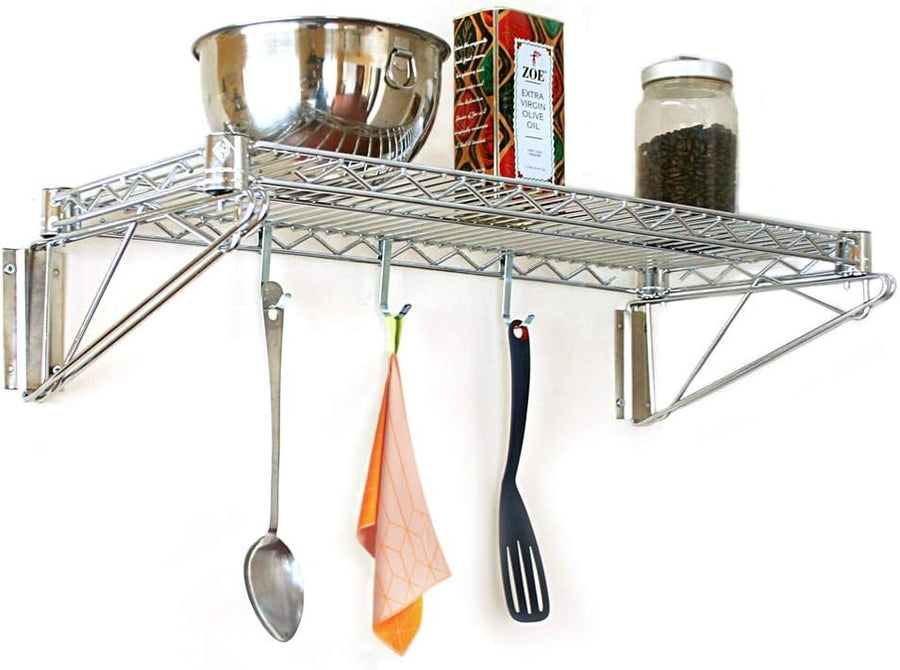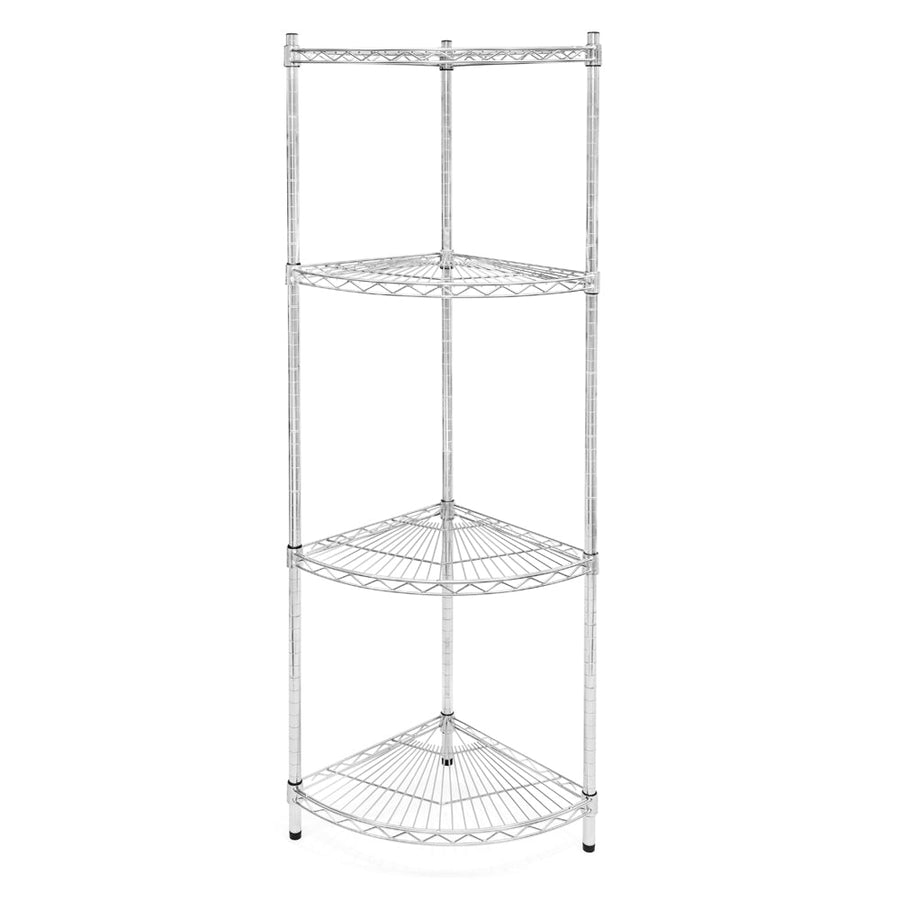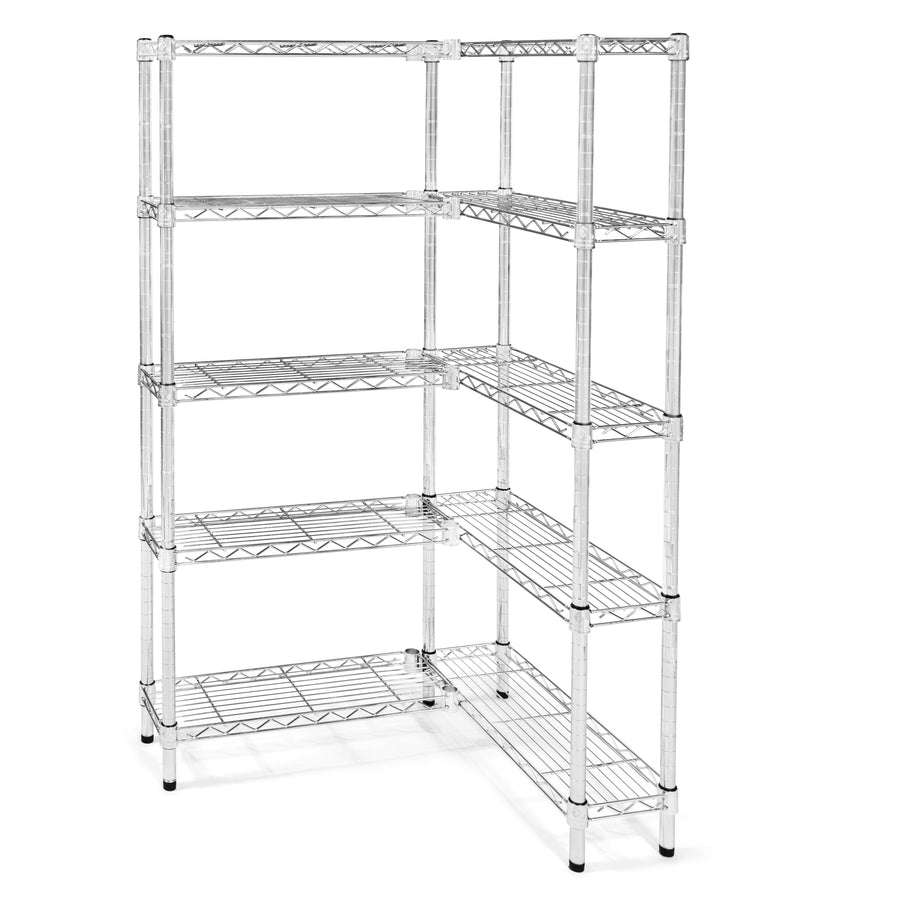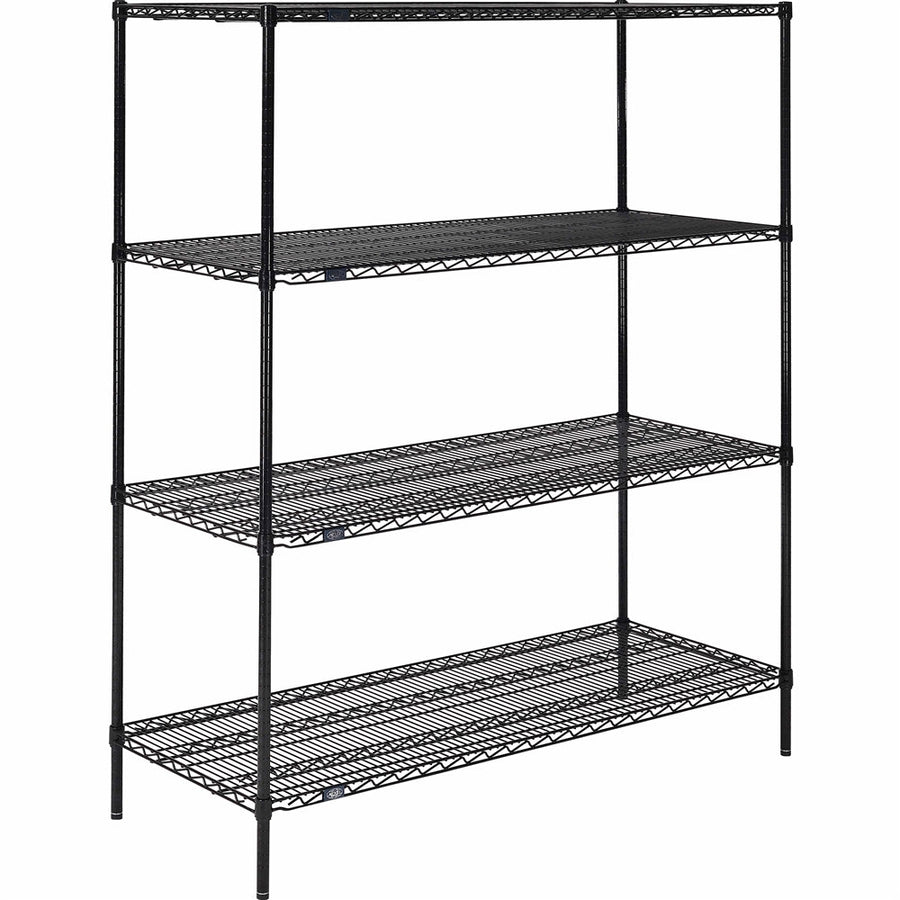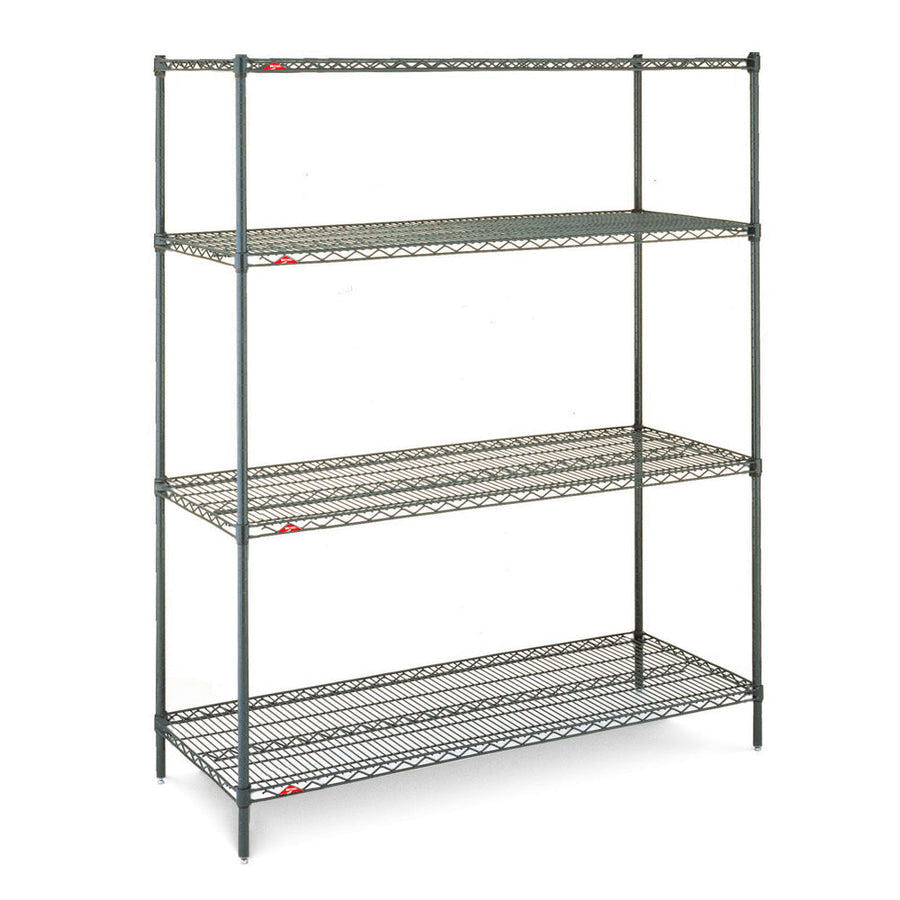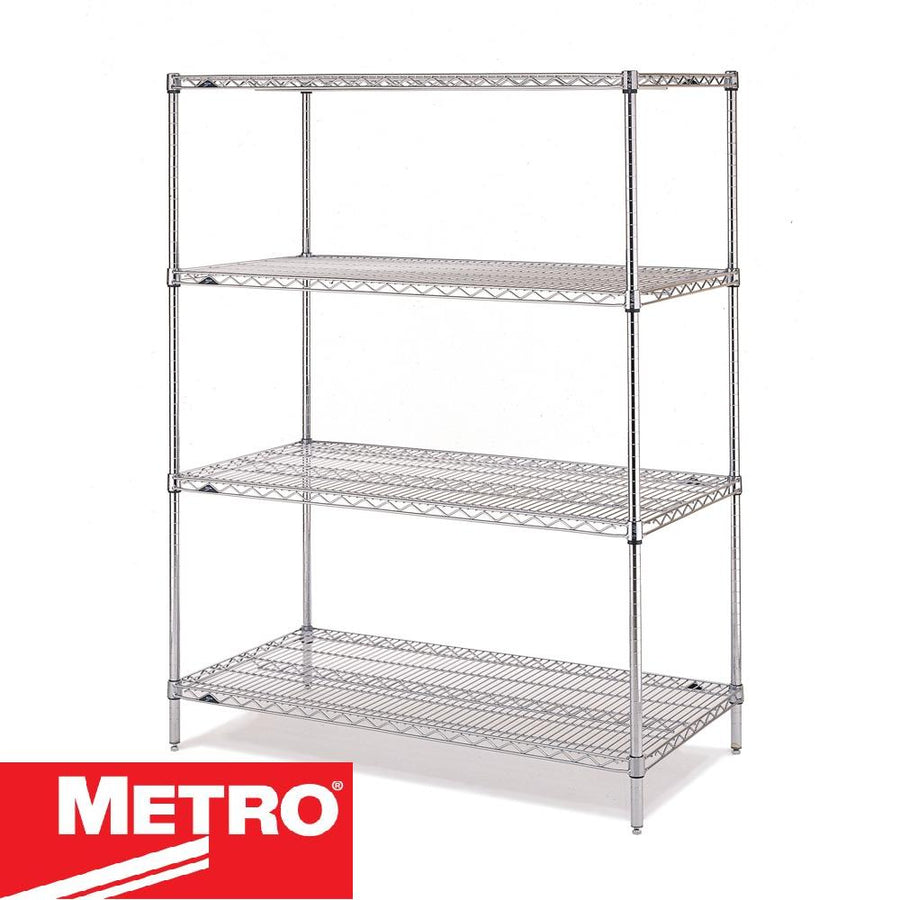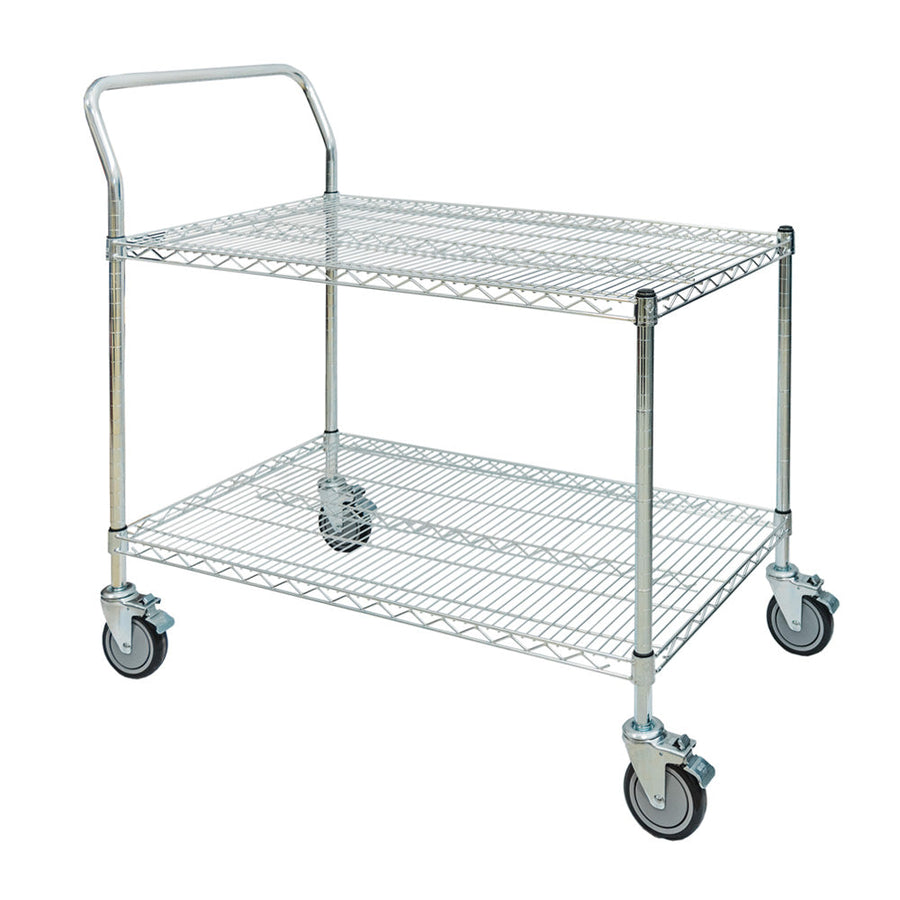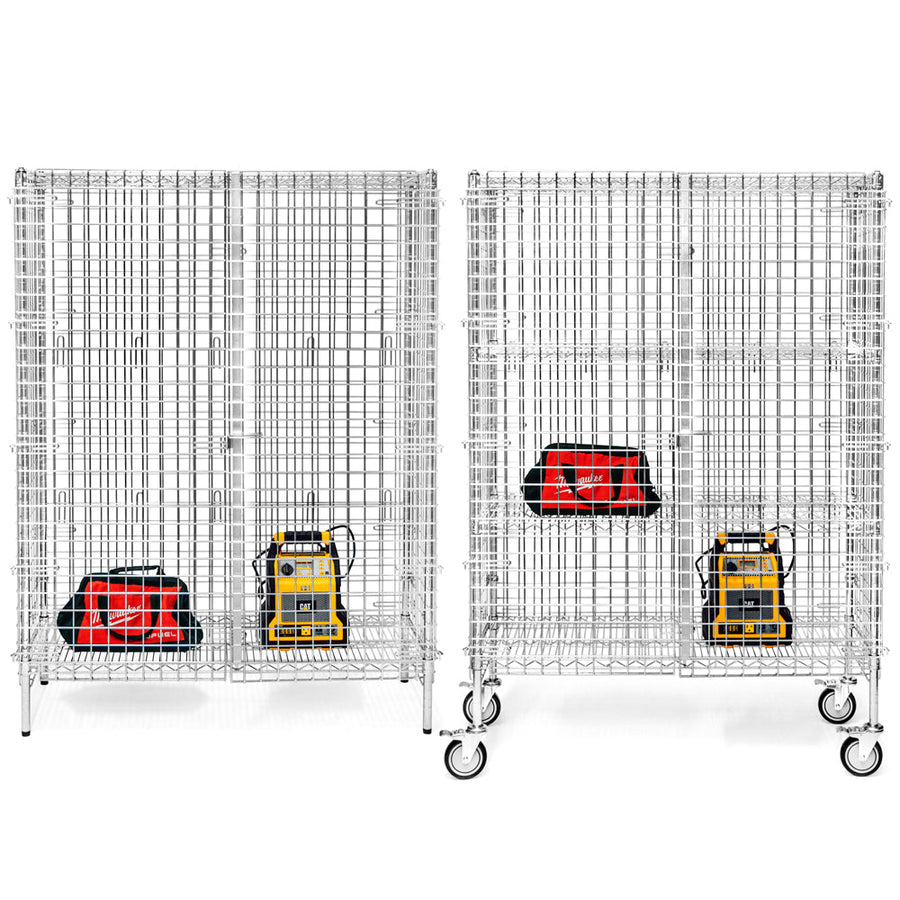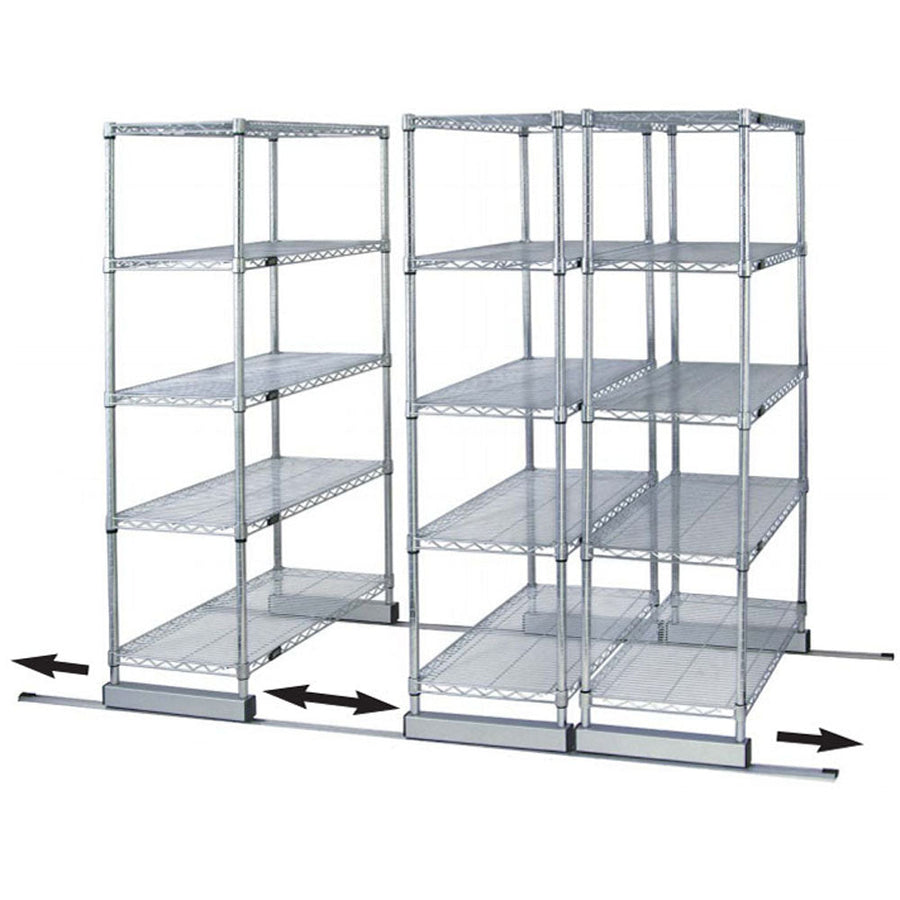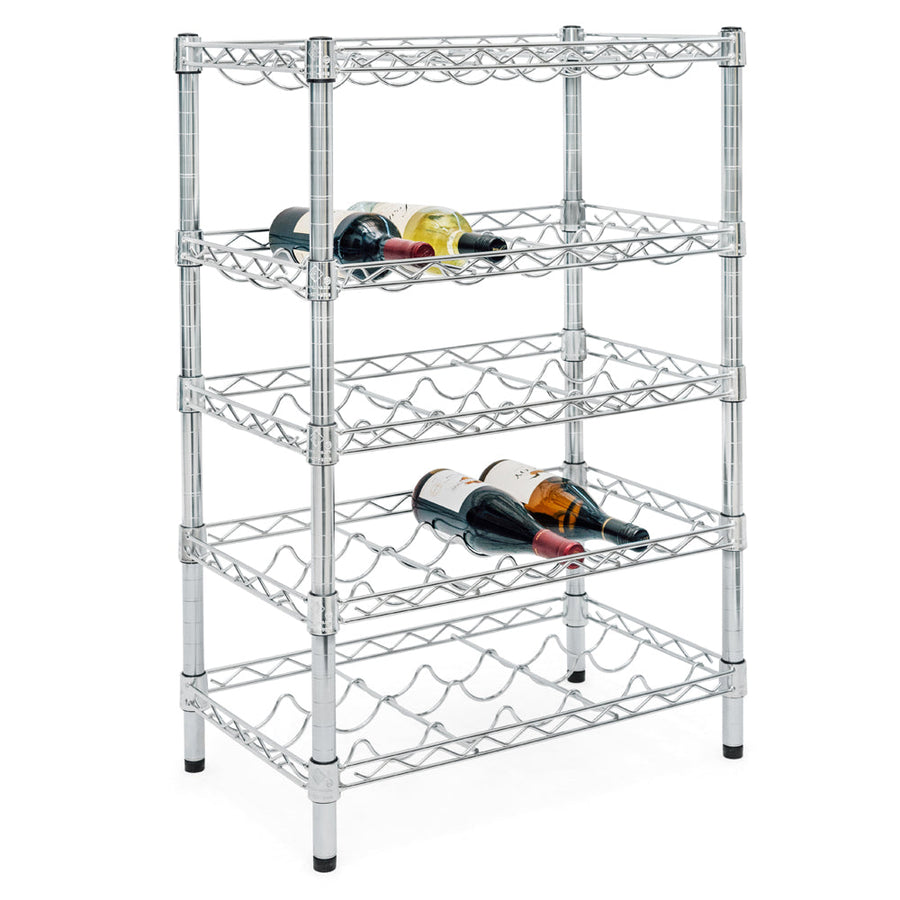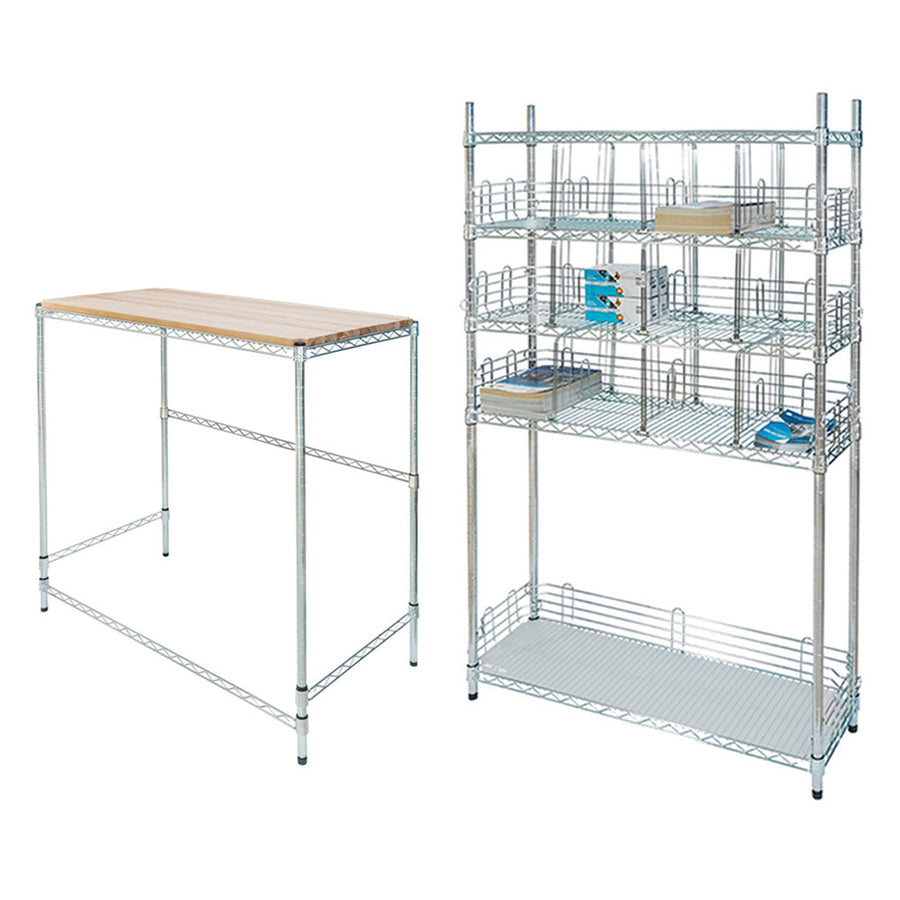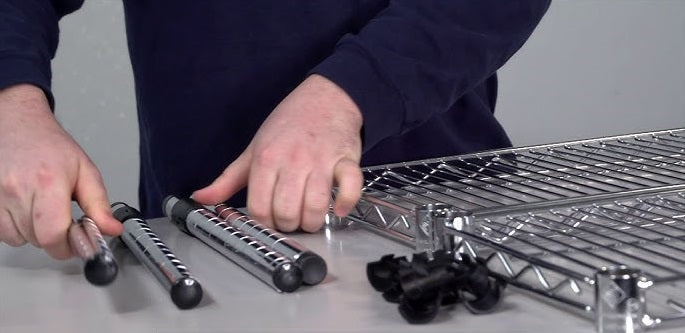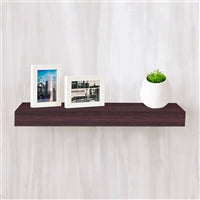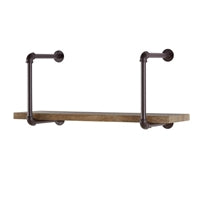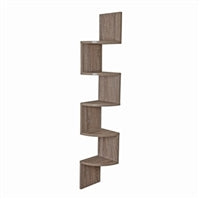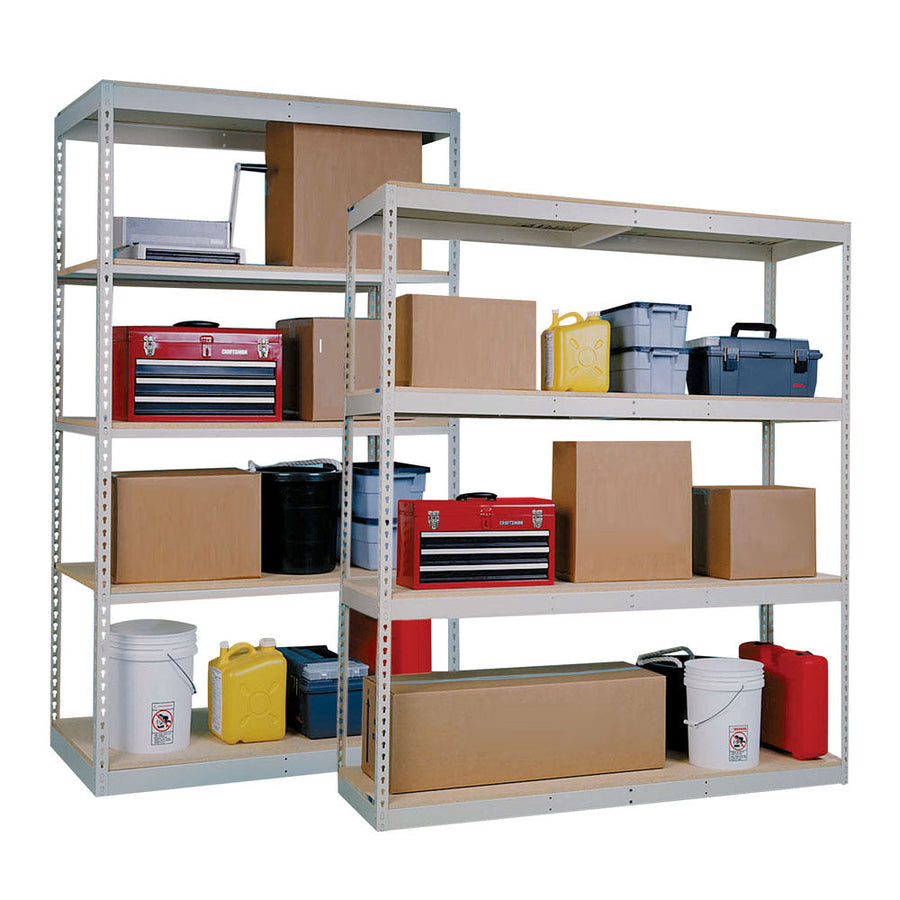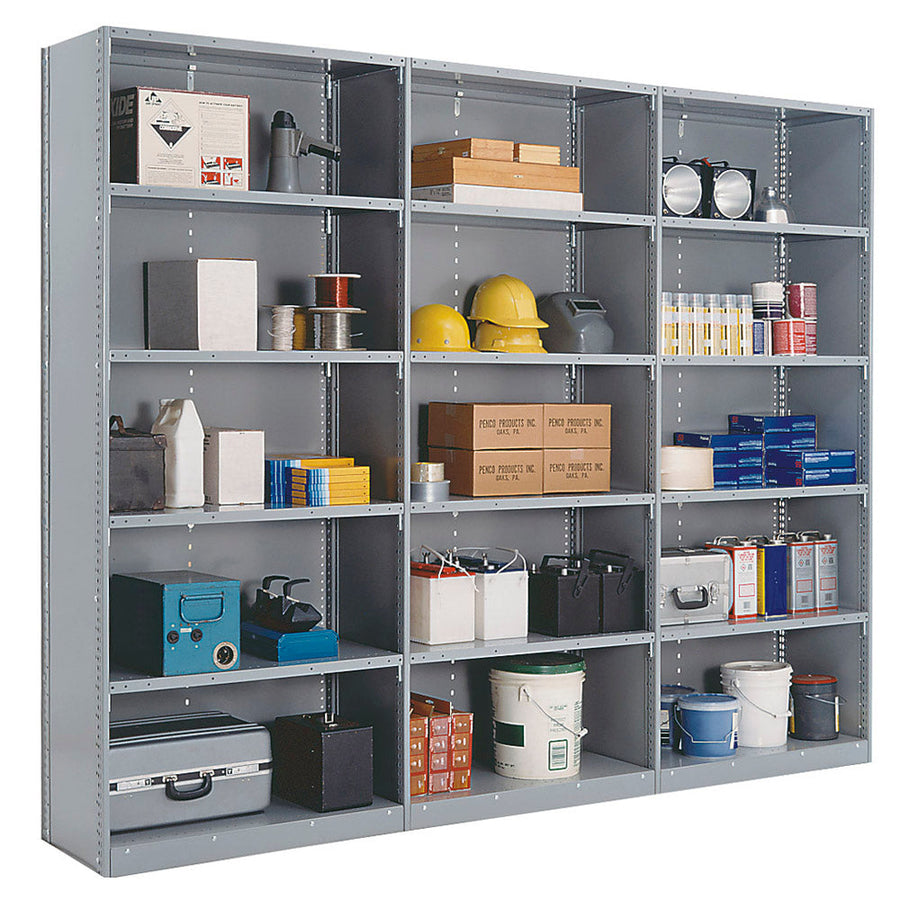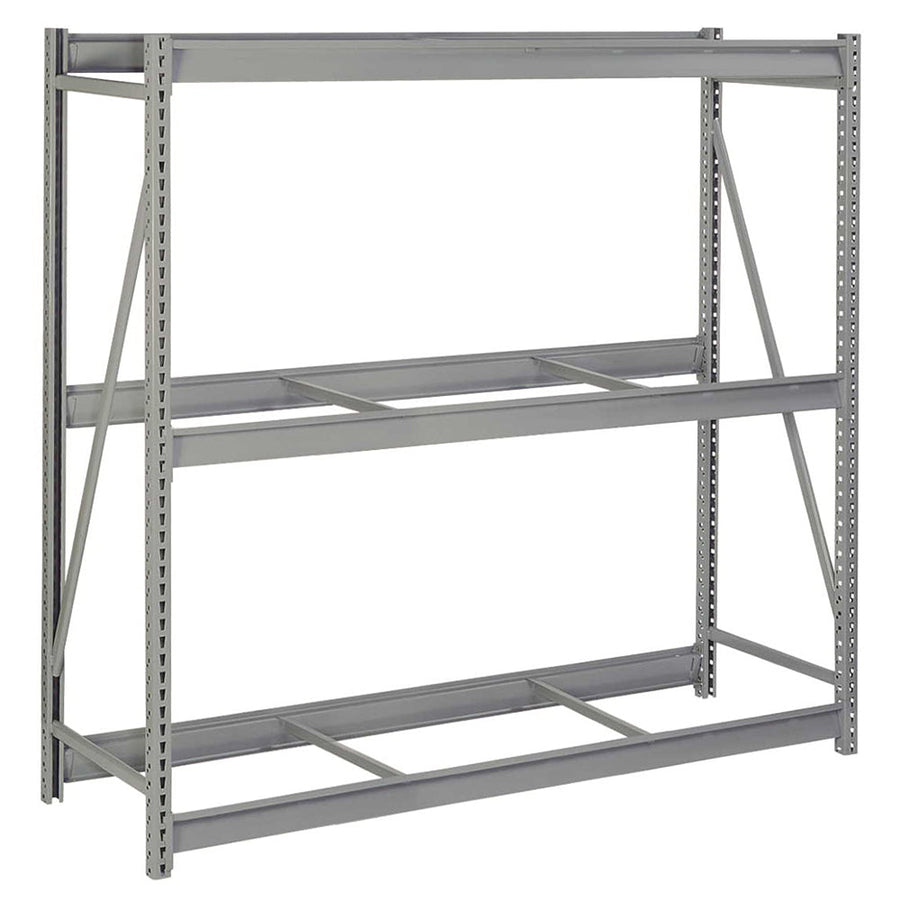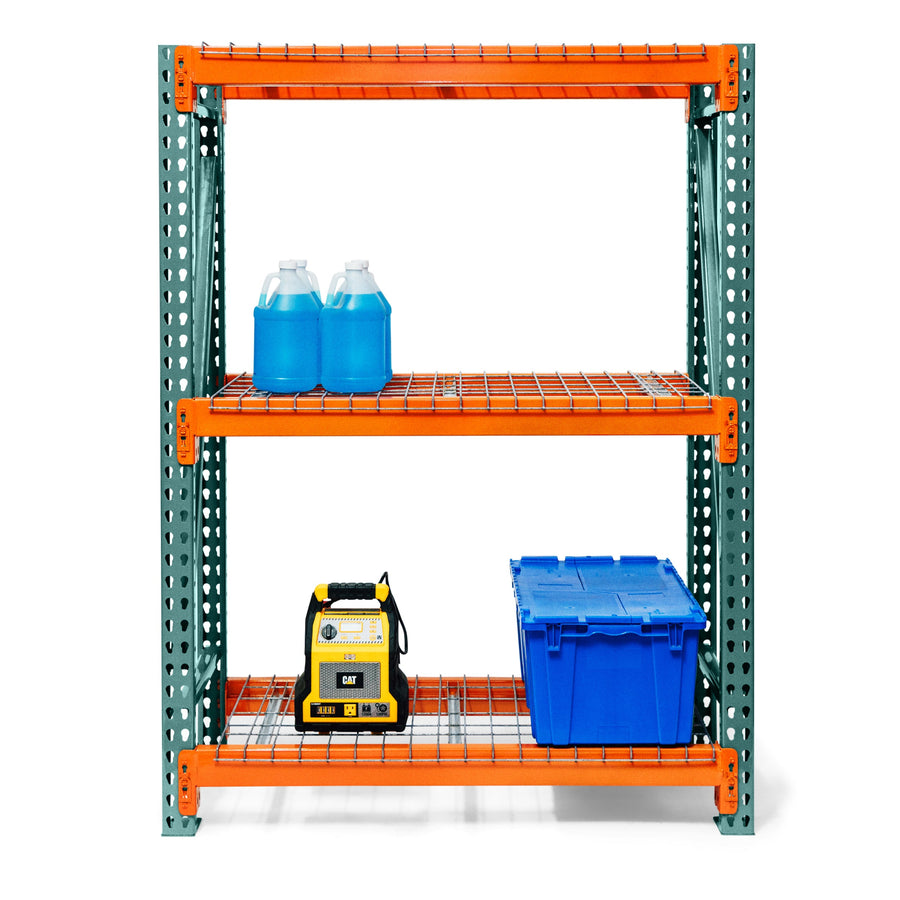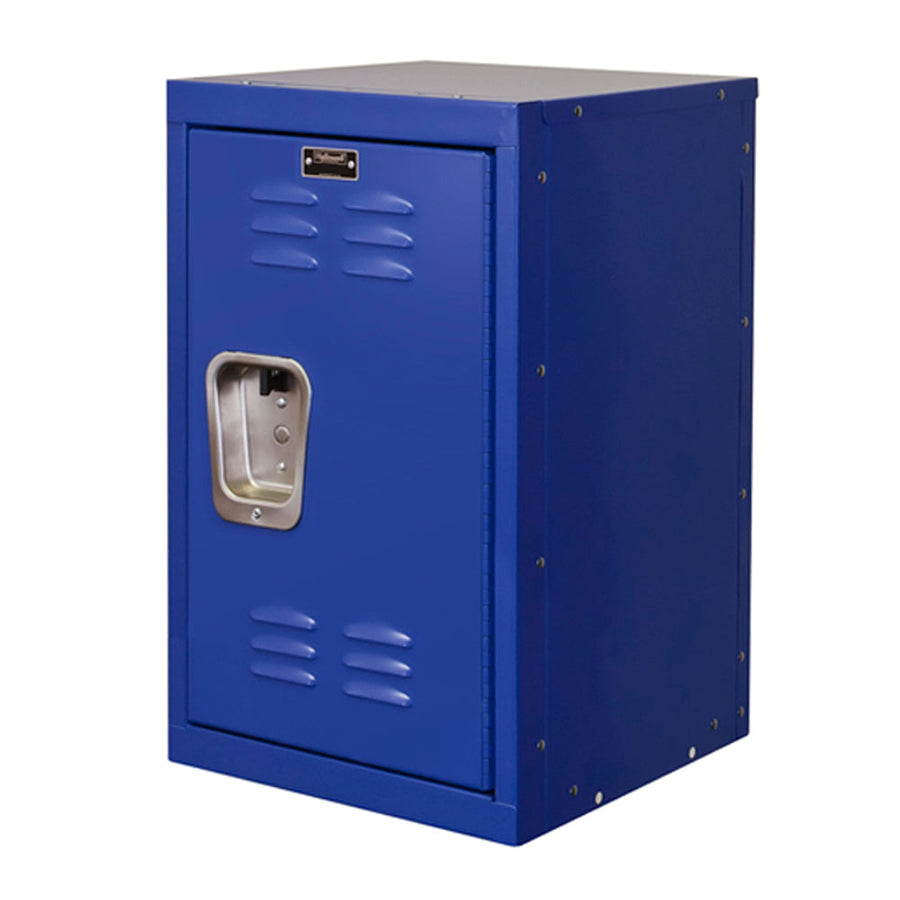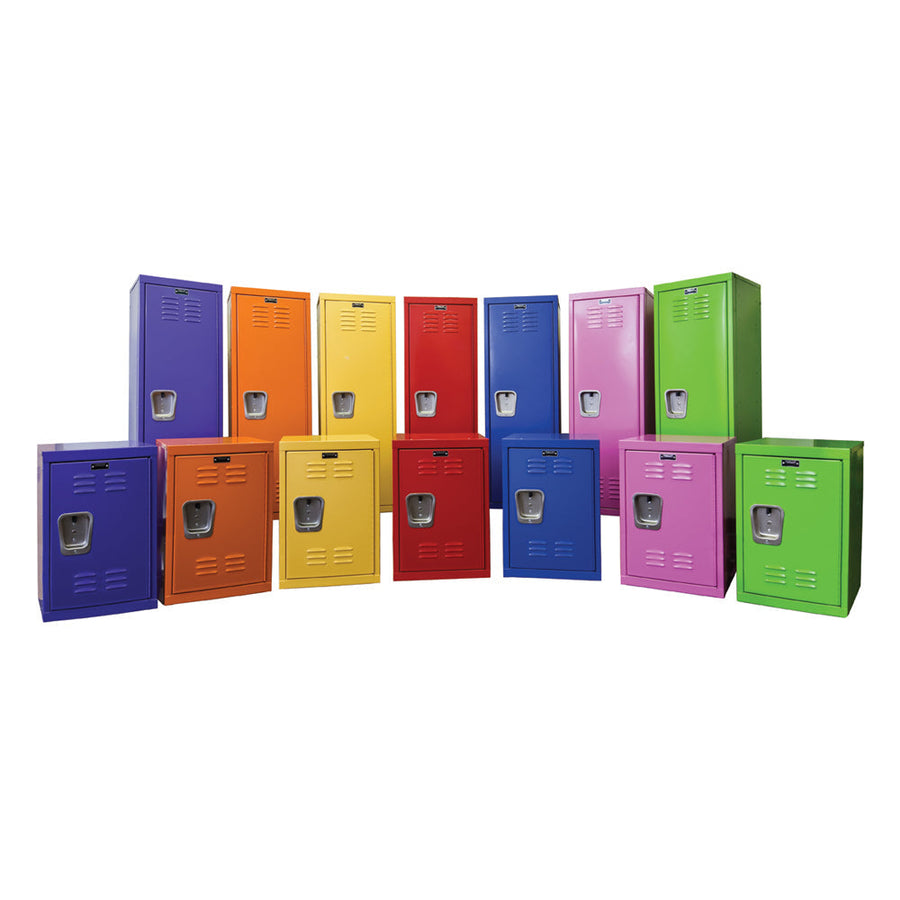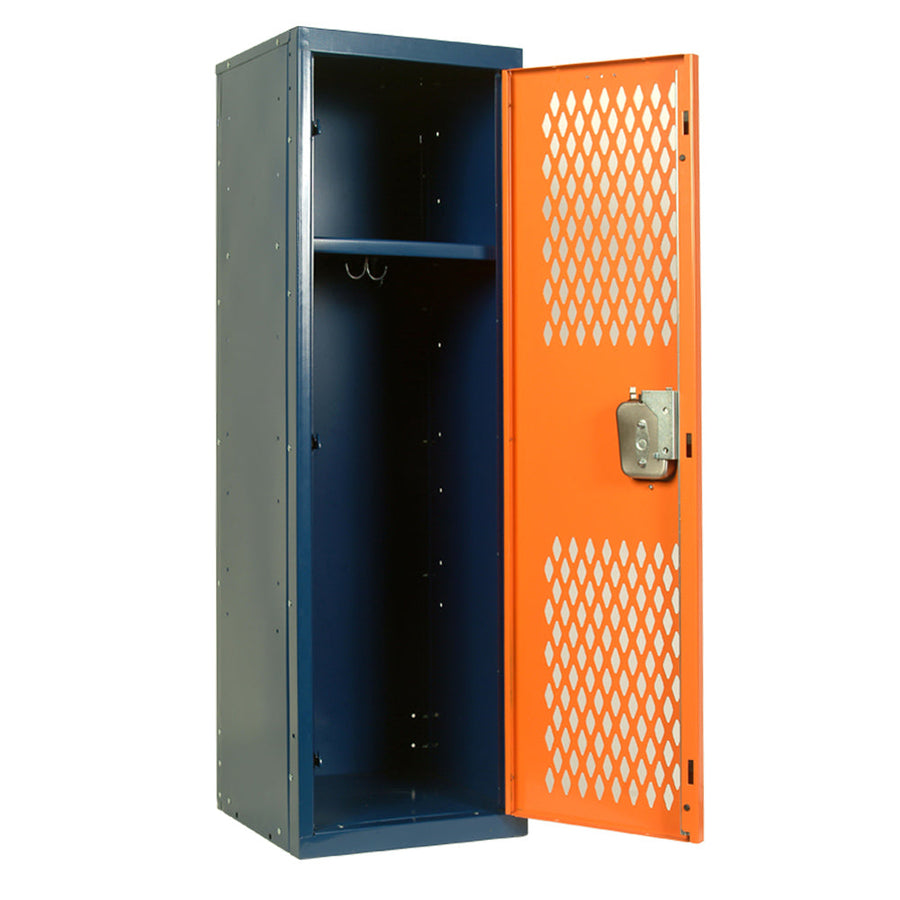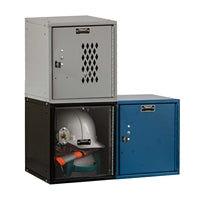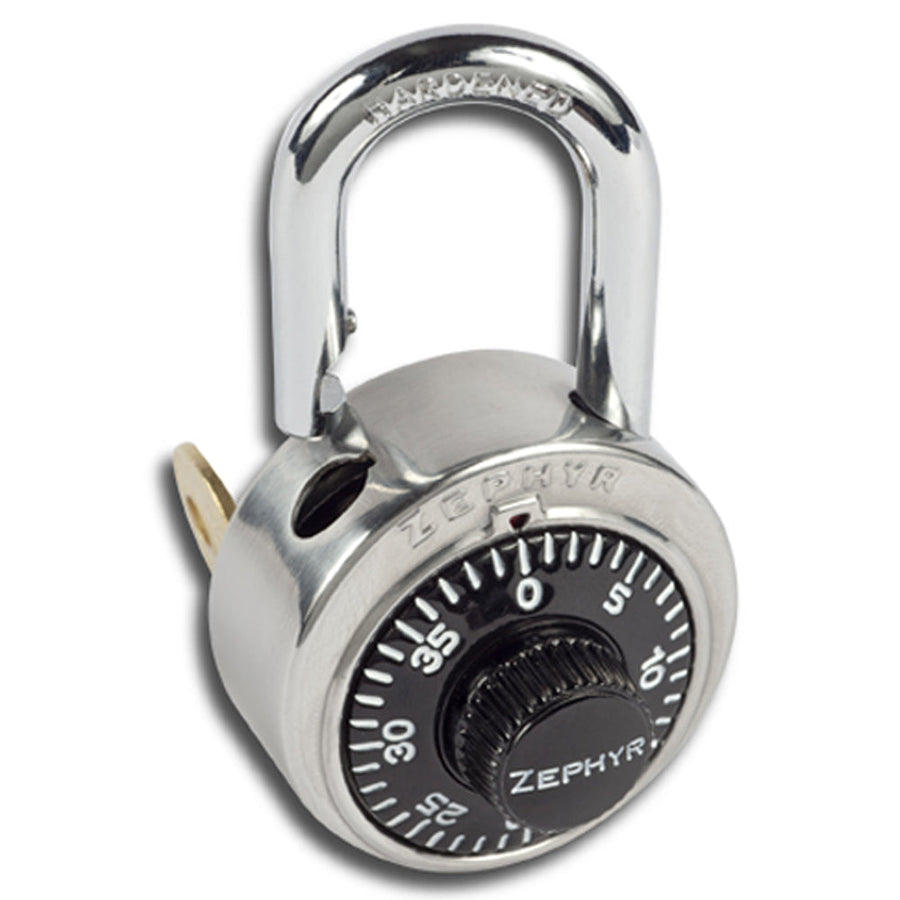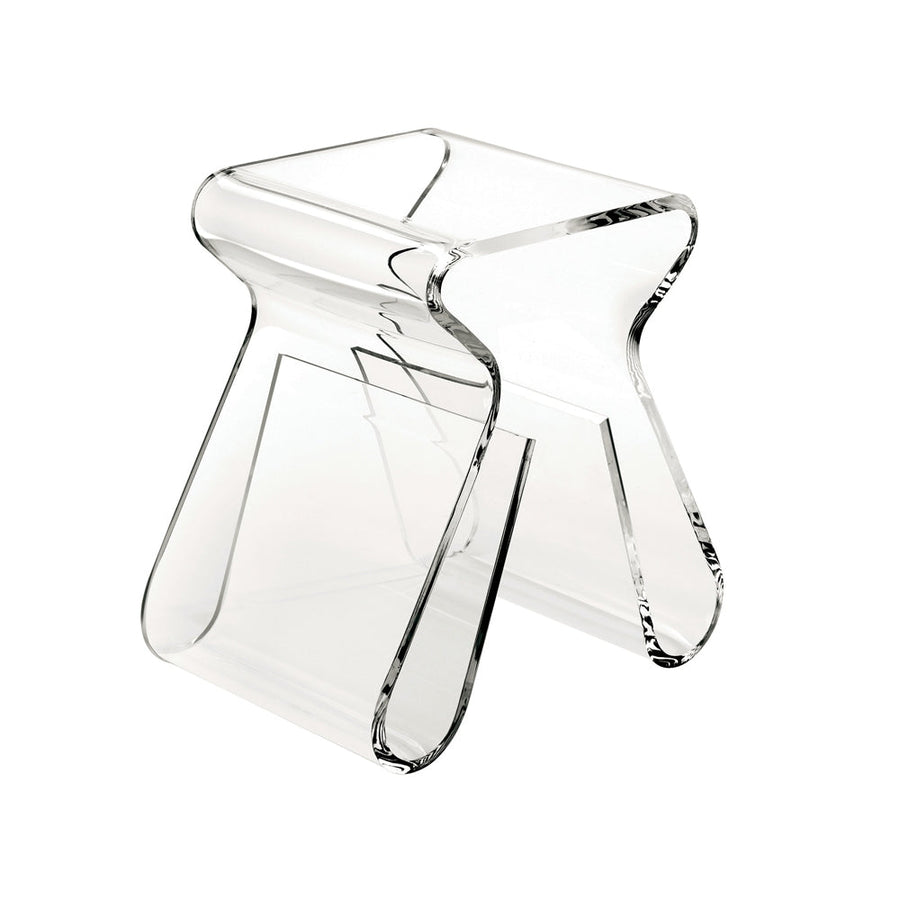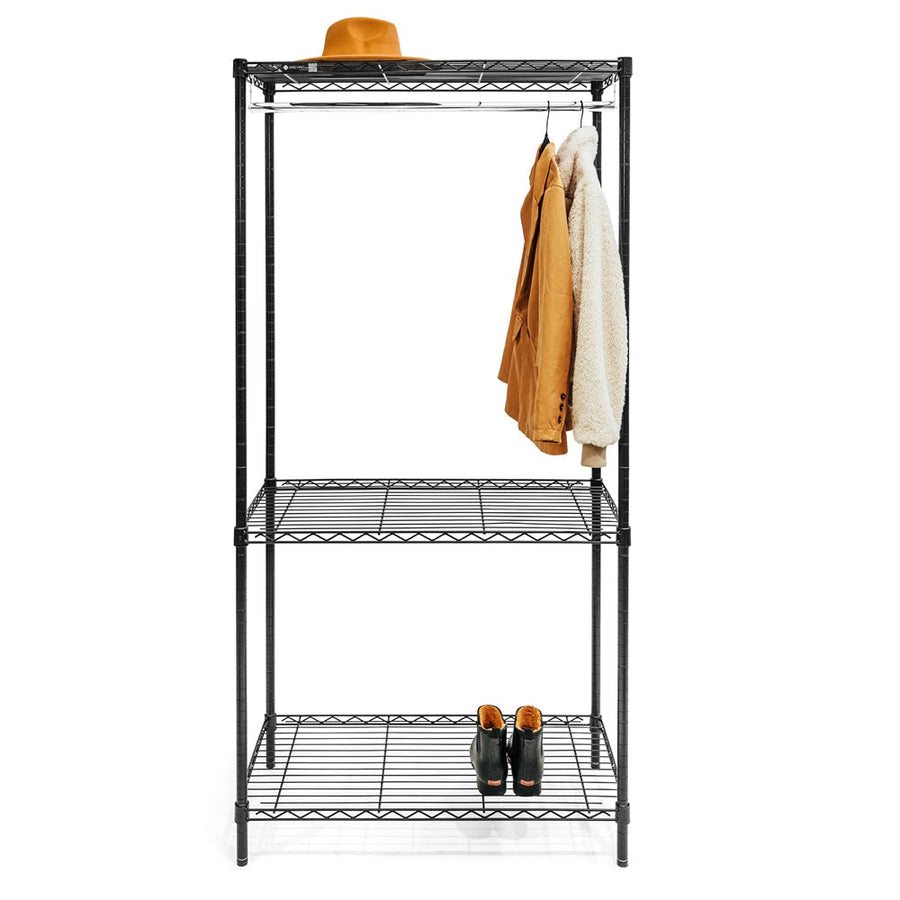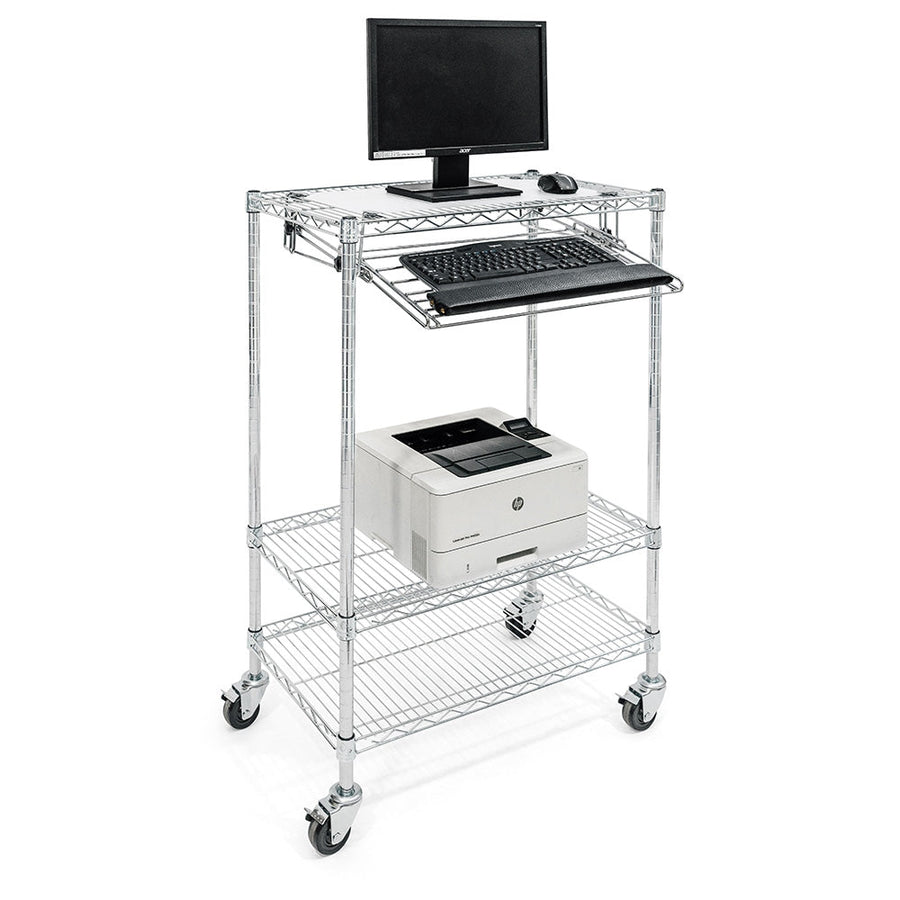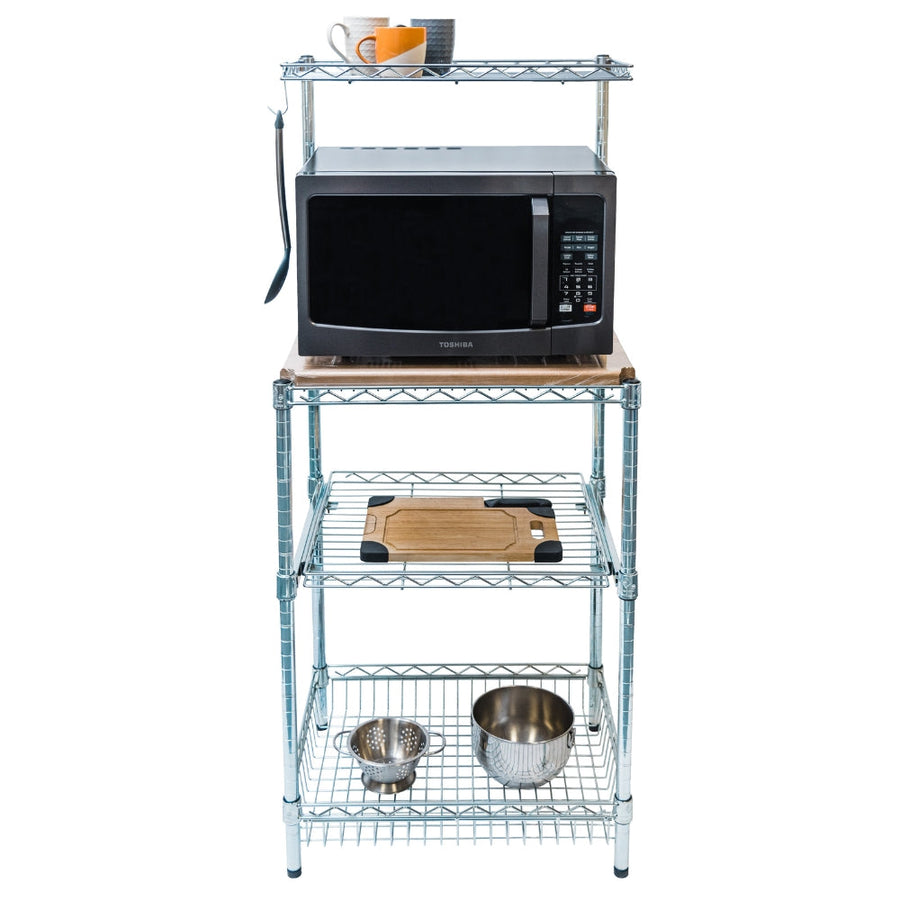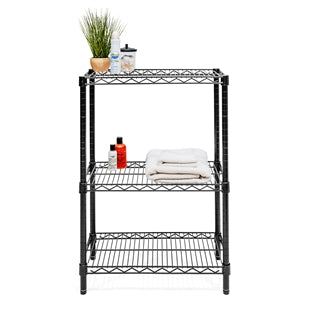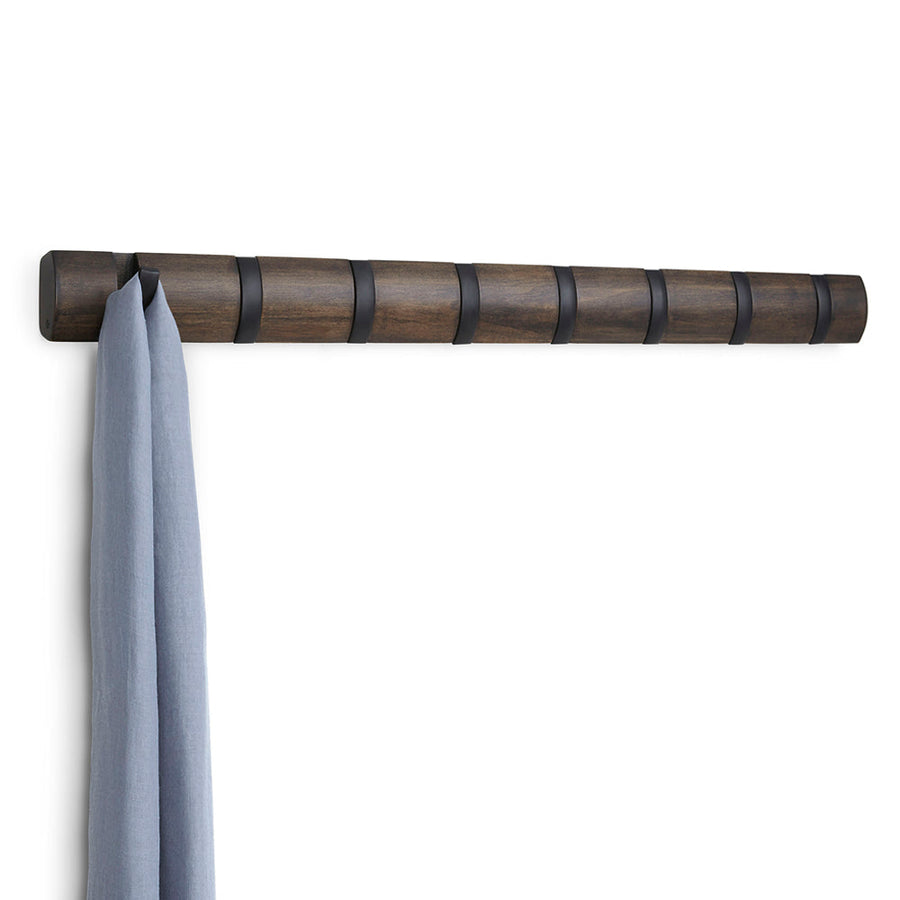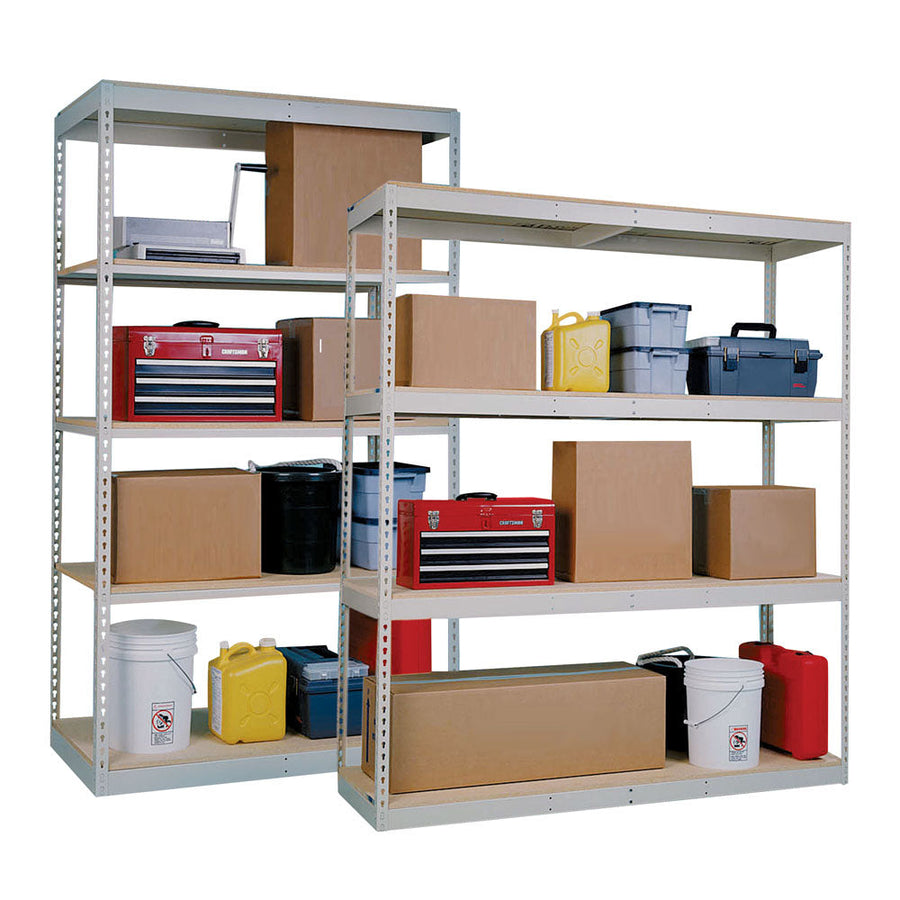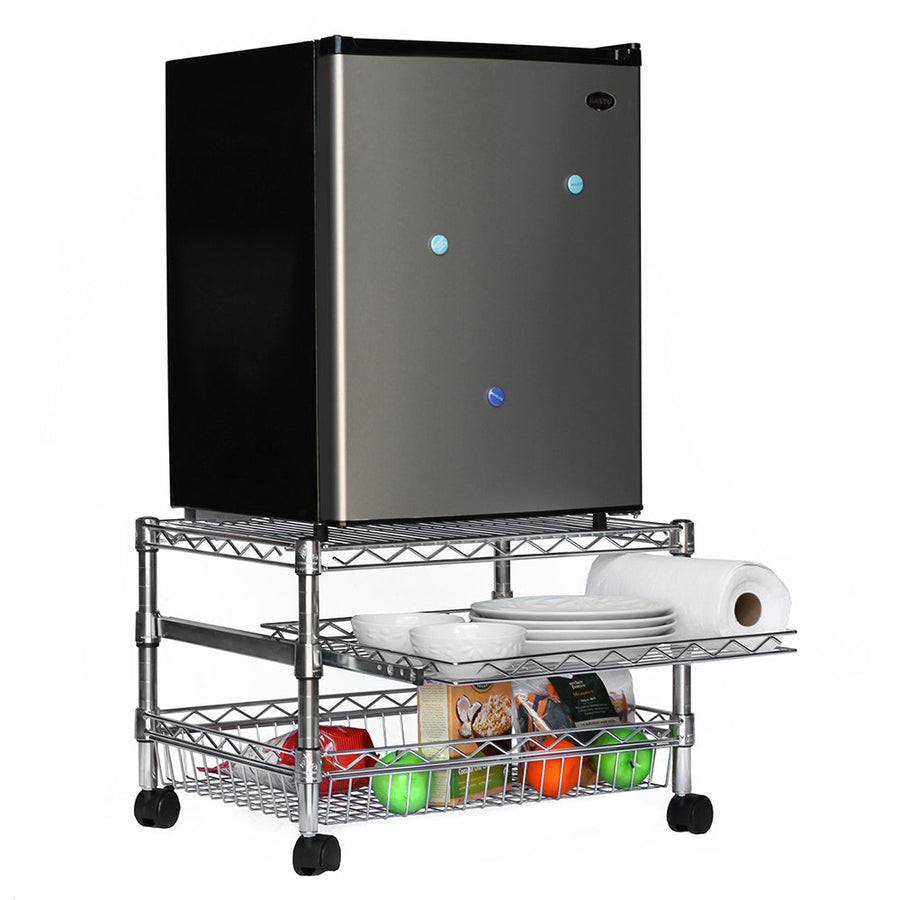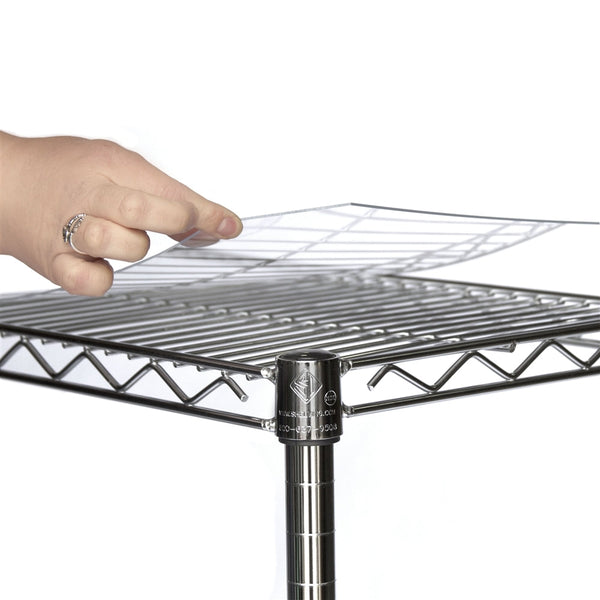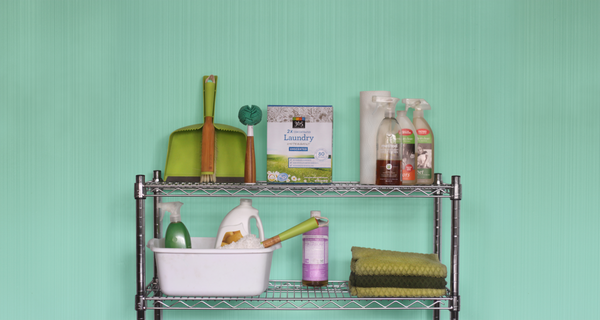No matter how convenient it is nowadays to download books and stash them on your Kindle or phone, there’s something about owning physical copies of your favorite books that’s just hard to replicate elsewhere.
Book collecting is never going to go away, even if people have other avenues of accessing and reading books. Of course, much like with any given collectible, the art of storing, displaying, and caring for books can be part of the challenge (or fun, depending on how you look at it).
That said, books carry an additional wrinkle in the need to safely store and protect them. Similar to things like comic books and vinyl records, books are easily affected by their external conditions and can quickly fall apart, get damaged, or turn yellow prematurely simply because of where they’re stored and what you’re using to store them.
This can even include the type of shelves you use. Some kinds of shelves are better for certain kinds of books (and vice versa), and knowing which is which can go a long way towards helping preserve your favorite old tomes. We promise, it’s not as confusing as it sounds:
Living rooms: Living rooms are a common place to show off at least a few of your favorite books (after all, why keep them around if people can’t see how many of the Game of Thrones novels we’ve actually read?) and this can be a good thing. Since living rooms tend to be the most temperature-controlled, most of your books here will be safest on wooden wall shelves or bookcases. Try to make sure you don’t put any of them directly in front of a window (since books and direct sunlight don’t get along too well) and make sure you keep them away from open vents, heaters, or fireplaces for reasons that should be office.
Bedrooms: Similar to the living room, the bedroom is a good place to keep a few of your old favorites, especially if you’re prone to re-reading them before you go to sleep. As space is often at a premium in bedrooms, wall shelves are a good solution for the bedroom as well, but if you use a humidifier or your bedroom is close to a bathroom (and may catch humidity drifting out from the shower) you should consider shelves that won’t carry moisture as well like glass wall shelves. Remember to clean them frequently, as dust can build up and start to damage the individual pages and covers of books that are stored in one place too long.
Attics: If you have a lot of overflow books that can’t all get shown off at once, the attic may be one of the safer options to store them so long as it’s pest-free and climate-controlled. Check any shelves in your attic for signs of bugs and rodents, and avoid putting them near windows or directly in front of a vent. If you’re worried about things getting funky just by being up in the attic, place paper towels between each book to help further fight the build-up of mildew (using moisture traps as needed) and place a dryer sheet on each shelf to help keep everything smelling fresh.
Basements & Garages: Finally, if you’re really hard up for space, you may wind up needing to stash some books in the basement or garage. While this isn’t ideal, there’s still things you can do to keep them safe. Wrap each book in paper towels or bubble wrap (avoid foil, plastic bags, or plastic wrap as they can all encourage mold) and store them all flat on their spine (paper side up) or standing upright in a plastic storage bin with a lid to further protect them from moisture or damage. Stash them on something durable like wire shelves or metal shelves, as wood shelves are never a good call for moisture-prone environment like basements or garages. And, as always, try to keep them away from direct heat sources.
Have you had to store your book collection somewhere unusual? Drop a comment below!
The Shelving Store
Stay in touch
The latest news & helpful info. Sign up and never miss an update.

